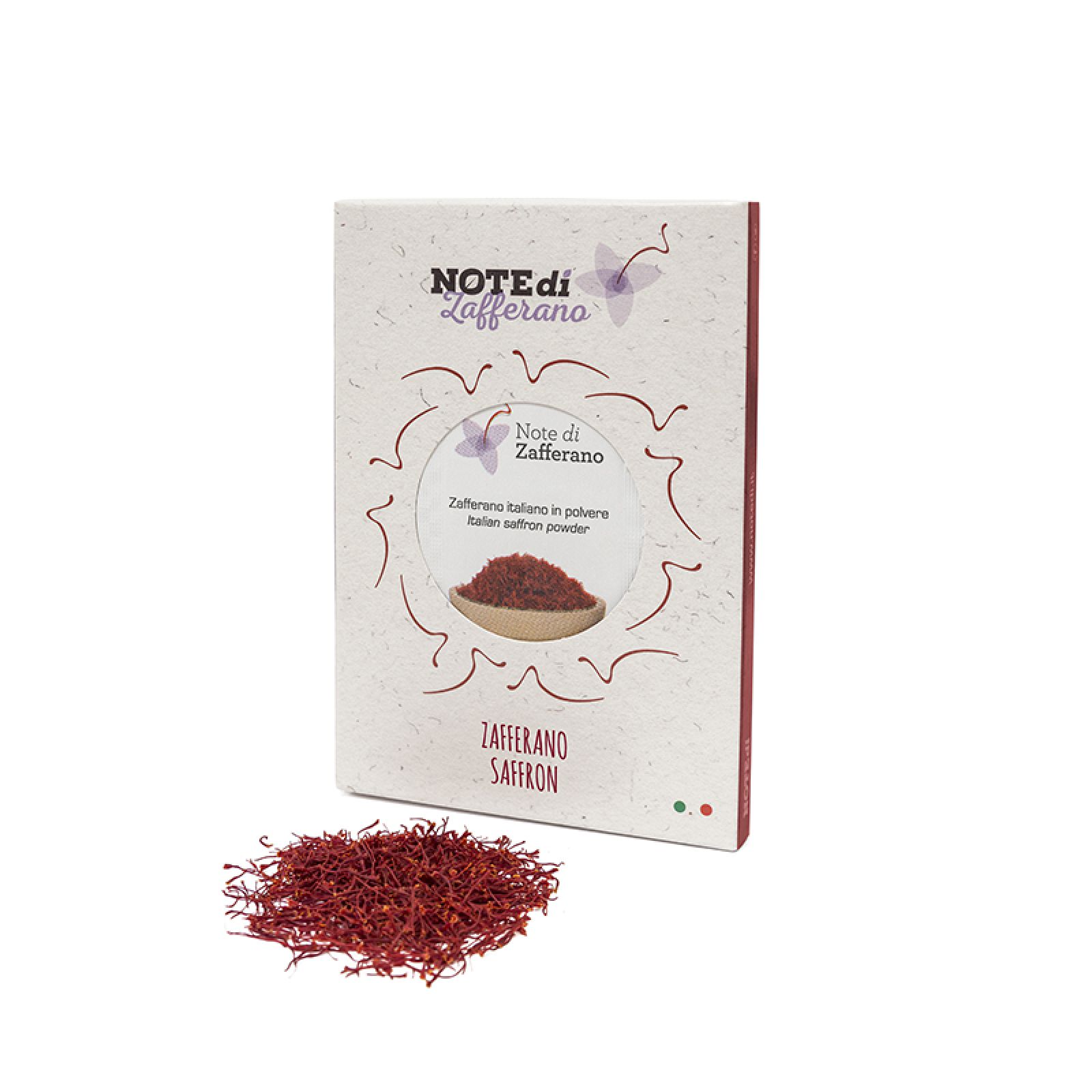
Saffron
Saffron’s origins date back to western Asia. The ancient Persians used it for a multitude of purposes—woven into textiles, seeped in curative teas, or sprinkled into opulent baths. Later used by the ancient Greeks and Romans, it is a spice that, despite its travels, has always been considered an esteemed, luxurious item.
Still deemed an elegant and refined ingredient of many Mediterranean dishes, saffron bears a sharp flavour and a vivid golden yellow colour which enrich many dishes. Its aroma in many regional dishes is unmistakably recognizable, such as in Italian risotto and arancino, or Spanish paella.
To guarantee the highest quality, only the red stigma is hand-picked from saffron’s deep-lilac flower—the stigma carries a considerable amount of active ingredients. It takes about 200 flowers to make 1 gram of saffron.
Thanks to its curative properties, saffron can be used as a natural remedy for treating various pains and discomforts such as menstrual pains, amenorrhea and hypomenorrhea, poor digestion, anxiety and agitation, insomnia, sexual impotence, cough and intoxication.
It is prepared and packaged in two distinct forms. First, as pistils, which better preserve its therapeutic properties and second, as powder, which best releases its color, flavor, and smell in the kitchen and is generally easier to use.
Saffron is available in sachets of 0.125g. The case can contain:
- N. 1 sachet of 0.125g
- N. 2 sachets of 0.125g
- N. 3 sachets of 0.125g
- N. 5 sachets of 0.125g

















